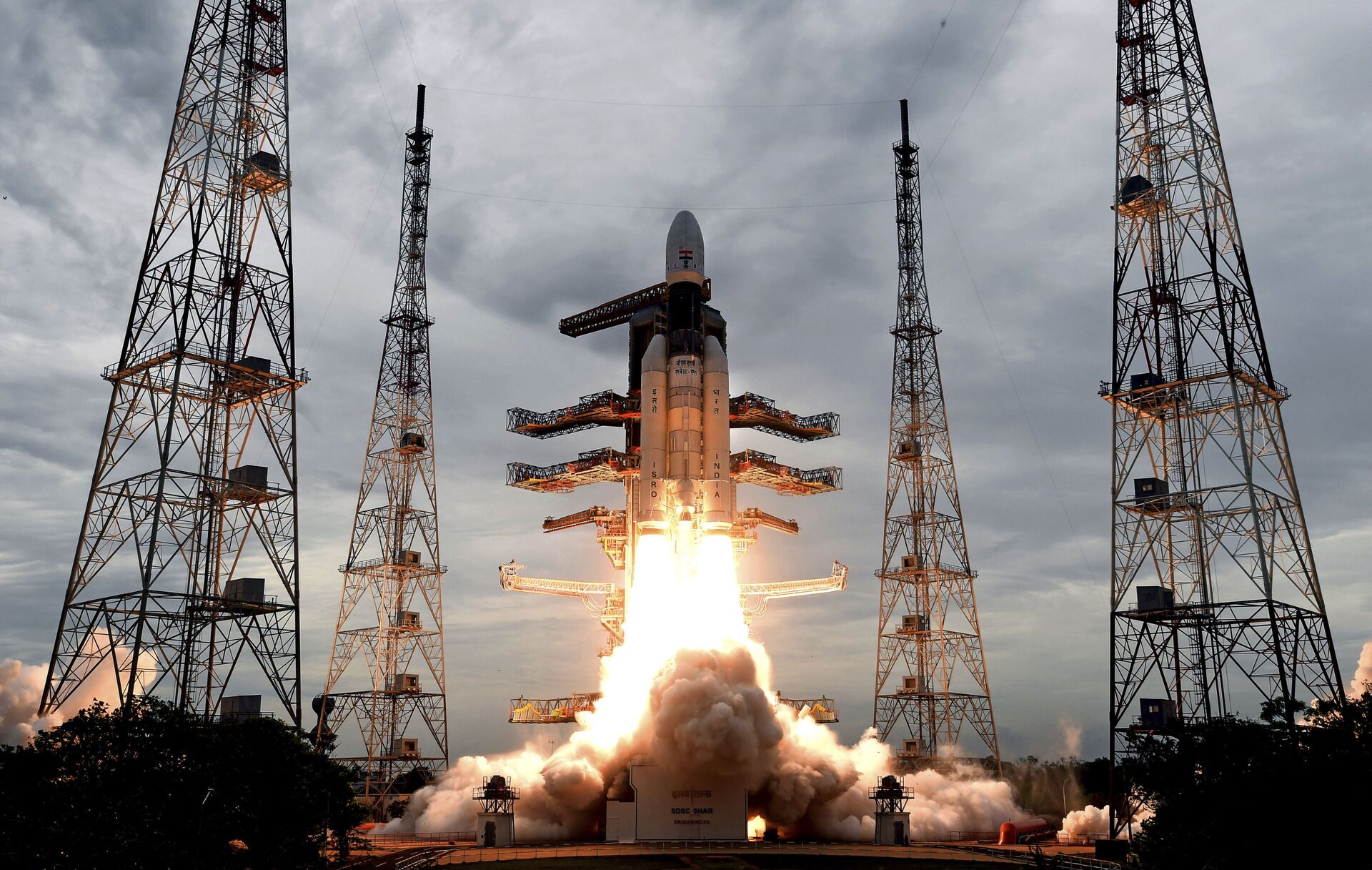India’s state owned NewSpace India Ltd (NSIL) has prepared to compete with global firms like SpaceX in the heavy satellite launch business as it is offering its Geosynchronous Satellite Launch Vehicle (GSLV) Mk-3 to foreign customers at competitive rates.
GSLV MK-III is the ISRO's most powerful launch vehicle to date. It can lift four tonnes of payload to geostationary transfer orbit and 10 tonnes to the lower earth orbit. The GSLV MK-III costs approximately $60 million, which ISRO intends to further lower by 50 percent with the help of technologies like reusable launch vehicles and its scramjet engine to garner the lucrative heavy satellite launch contracts.
“There are many customers who are keen to launch their communication satellites as a dedicated payload instead of (as) a co-passenger,” D. Radhakrishnan, Technical and Strategic Director at NSIL said during an interaction with the media.
Radhakrishnan underlined that most communication satellites weigh around 4-5 tonnes and SpaceX’s Falcon9, due to its larger capacity, can carry two satellites. “The co-passenger may have to wait for the main satellite to be ready for launch,” he added.
India currently commands only a 0.6 percent share of the global satellite launch industry (around $13 billion) despite incremental advancement in space exploration; mainly due to the weight limit of its older polar satellite launch vehicle.

“At present, Indian Space Research Organisation (ISRO) has done a successful launch of cryogenic engine and few successful launches have already taken place. So, the GSLV vehicle is already an established vehicle if they have to launch a satellite weighing around 4 tonnes. Under those circumstances, NSIL can look for the market at least for the satellites which are weighing four tonnes or less,” Ajey Lele, a senior fellow at the Delhi-based Institute of Defence Studies and Analyses (IDSA), told Sputnik.
The Narendra Modi government has established NSIL to provide commercial services to both international and domestic clients.
Government sources told Sputnik that ISRO is also moving ahead with research to boost its launch vehicle capabilities, and hopes to be able to put up to 16 tonnes in geosynchronous transfer orbit in the future. ISRO is presently working on a reusable launch vehicle, with a cryogenic and semi-cryogenic engine. It has already had success with cryogenic and reusable launch vehicle technology.
“As far as the satellite launch vehicle market for heavy satellites is concerned, there are two categories. One is a very heavy category which is normally going to Arianespace, which is a French company. SpaceX is also making investment into that. Second, there will be smaller countries, because most of the bigger countries are looking for satellites weighing 7-8 tonnes, basically major communication satellites. But there are few smaller countries or developing countries which could be interested in having their own communication or weather satellite weighing 4 tonnes or less. ISRO could look into that market,” Lele explained.
Euroconsult—an agency which provides space industry forecasting - anticipates almost a quintupling in satellite demand between 2020 and 2029, with an average of 1,250 satellites launched each year. For comparison's sake, an average of 260 satellites were launched per year during the previous decade.





